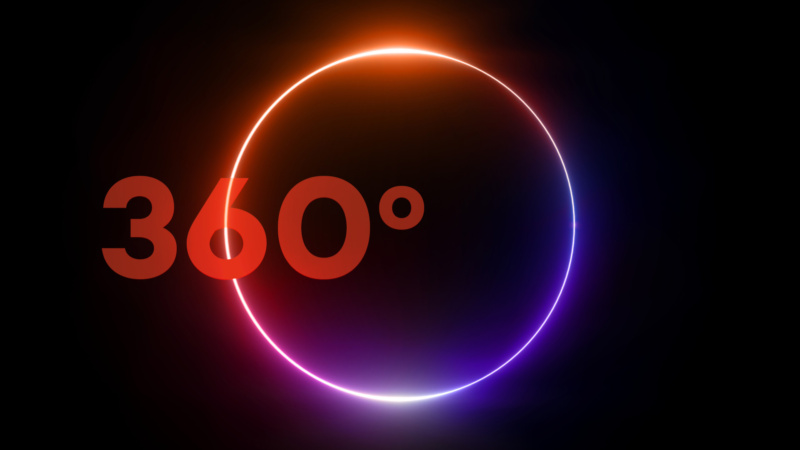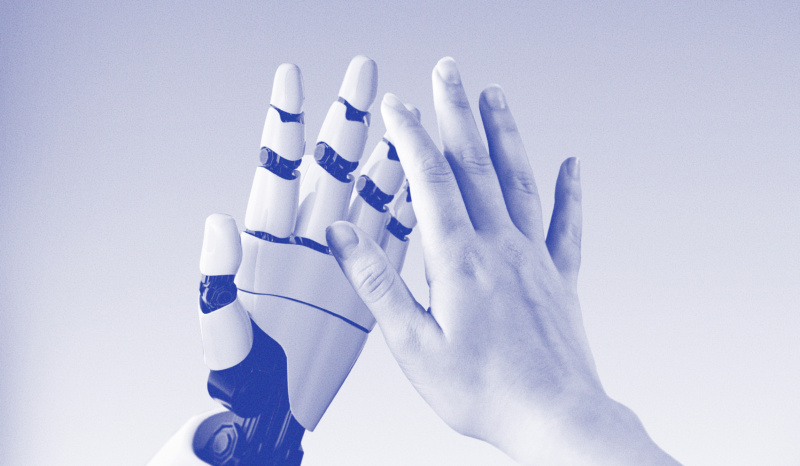
The idea of a brand is different today than it was even 18 months ago. Look even further back, say a decade, and the way we operate when it comes to brands is almost unrecognizable. Sure, some aspects have remained the same – logos, taglines, and strategic ad placement – but with countless new ways of reaching your audience, not to mention a more critical eye from said audience, brands are less of a two dimensional drawing now and more of an ever-evolving ecosystem looking to stand out.
As the COVID-19 pandemic was in full swing, people found themselves re-evaluating what was important to them as a person, as well as a consumer. It’s no longer about the product or service itself; it’s about the brand behind it and what it stands for. According to Deloitte, “4 out of 5 people could not only cite an example of a brand responding in a positive way to the pandemic but also felt ‘strongly’ that it led to an increase in their loyalty to that brand.” Plus, Sol Marketing founder and CEO Deb Gabor believes “consumers are thinking even more about how brands are part of their identity.”
Most people think of a brand as a logo or a name – something a company will slap on a product and use as an excuse to charge more; however, the change in how consumers are interacting with brands, combined with how media habits are evolving, means organizations need to be a more holistic entity that people can interact with in a myriad of ways. A 360° brand can build a lasting relationship with a consumer, increasing the likelihood of them returning in the future.
Think about it. You’re more likely to return to something that was helpful, friendly, engaging, and valuable than you are to something that feels stiff and impersonal. Be open, be honest, be accessible – and be these things in more ways than one.
What exactly is a 360° brand?
This concept isn’t new by any stretch, but its value and validity have increased in the last few years as access to brands has become easier from a consumer standpoint.
A 360° brand does two things well. First, it engages as many of a consumer’s senses as possible (although if your product or service doesn’t lend itself to a smell or taste, maybe go ahead and skip those ones). Second, it provides consumers with added value as they move through their buying or experiential journey. As your brand pops up at multiple touchpoints – in a way that delights, not pushes – consumers become more trusting and familiar with what you’re about.
This isn’t to say the traditional aspects of what people consider to be a brand are no longer important. A visual identity, for example, still plays into a 360° experience. But there are additional elements that should be considered.
Tone of Voice
It’s not what you say, it’s how you say it.
Well, okay, obviously it is what you say, but it’s also how you say it that matters. Your brand’s tone of voice reflects its overall personality, and since consumers are seeing brands as part of their own identity, they want to see themselves reflected in this tone. A disingenuous or forced tone can be a red flag to potential consumers, as they can feel pandered to – a means to an end rather than a valued voice.
Sound
Working in tandem with your tone of voice is the actual sound of your brand. Whether it’s the human voice you choose to read out your ads, the music, or the sonic landscape that forms the backdrop, audio plays a critical role in brand recognition.
According to a Spotify for Brands report published in 2020, “audio ads are memorable and motivational – they drive 24% higher recall than display ads, and are twice as likely to lift purchase intent.” Consider how many people listen to podcasts as they commute, or have Spotify streaming in the background while they work. Audio is embedded in our daily lives more than we realize, so a snappy, unique sound can go a long way.
It’s also worth considering sonic logos – those sounds with just a few notes that can trigger someone’s memory, like NBC’s chime, Netflix’s “dum dum” before every episode, or even Taco Bell’s…well, bell. Though they’re not necessary for every brand, they can be a powerful recall tool for consumers.
Motion
Motion – whether it’s video, animation, or another type of movement – is a major part of a fulsome brand. Just like people have body language, the way a brand moves says a lot about it. Does it flow, does it rely on staccato movements, is there a recognizable rhythm to the way the logo presents itself? These things can not only be eye-catching, but also invite interaction from the audience. Video plays a role here too, as it not only gives you another medium to work with (TikTok, anyone?) but it also brings your message to life. Video can educate, entertain, inspire, and yes, even sell. Most importantly, it makes your brand feel more real to a consumer, allowing them to make a more emotional connection.
Behaviour
Social presence and behaviour play a large role in a 360° brand, especially when it comes to positive association with your brand. Social media is a major touch-point driving consumer behaviour, with people always watching to see how brands react to the goings-on of the world.
Bryna Corcoran, Director, Brand, Social Media and Influencer marketing with Lyft, suggests consumers “don’t want to waste time on vague commitments and lip service. They [operate] with a deeper sense of urgency than generations before them.” Pair this with Deloitte’s findings that a “whopping 56% of people had engaged in a digital brand participation activity in the past year,” and it’s easy to make the connection between your brand’s online behaviour and consumer decision-making.
Interaction
In addition to social media accounts, how are you letting consumers interact with your brand? Can they listen to your podcast? Use your app? Watch your videos? Read your blog? Attend your events? The more you can delight your user along their decision-making journey, the more likely it is you’ll find yourself at the receiving end of a positive interaction. Interaction, in this context, also means agility. Keeping an eye on how and where people interact with brands allows you to create engaging techniques and stories that adapt to consumer behaviour.
When all of these things work together, your brand gives consumers something to connect with, something they can recognize when it comes time to make a decision. As the way consumers interact with brands shifts, it’s key for organizations to make sure all of their elements resonate, not just the ones they’re used to focusing on.
Pinpoint your purpose
Ultimately, creating a 360° brand is how you present your why. While all of these elements are important to help deliver your brand’s message, the message itself is the most important element. Now that we know people are looking for brands that align with their personal beliefs, it’s up to you to clearly state your brand’s purpose.
Successful brands uncover the why, then shout it from the metaphorical rooftop so consumers and audiences can better connect with what you’re trying to achieve. Purpose is not always about getting people to buy things, it’s about living your brand values and making a difference.
Take, for example, Parque das Aves. As one of the largest bird sanctuaries in Latin America, they have an incredible mission of studying, breeding, and, ultimately, protecting more than 75 species of birds from extinction within the Atlantic Rainforest. Impressive, right? The problem was Parque das Aves wasn’t leading with their purpose when marketing their sanctuary. We helped them re-envision their purpose, providing a solid starting point for new positioning and a messaging foundation. They saw an immediate increase in awareness and engagement when they led with their why.
Or, look at Perley Health. Internally, their message was clear: transforming care for everyone. But externally there was a disconnect between what they were trying to do and how they were presenting themselves. With a rebrand and repositioning, Perley Health is now positioned as a leader in long-term care, empowering Seniors and Veterans to live life to the fullest – something they were already doing, but weren’t effectively highlighting to the public.
Helping brands reach consumers on every step of their decision-making journey is something we love doing, and it’s how we approach every project that comes our way.




